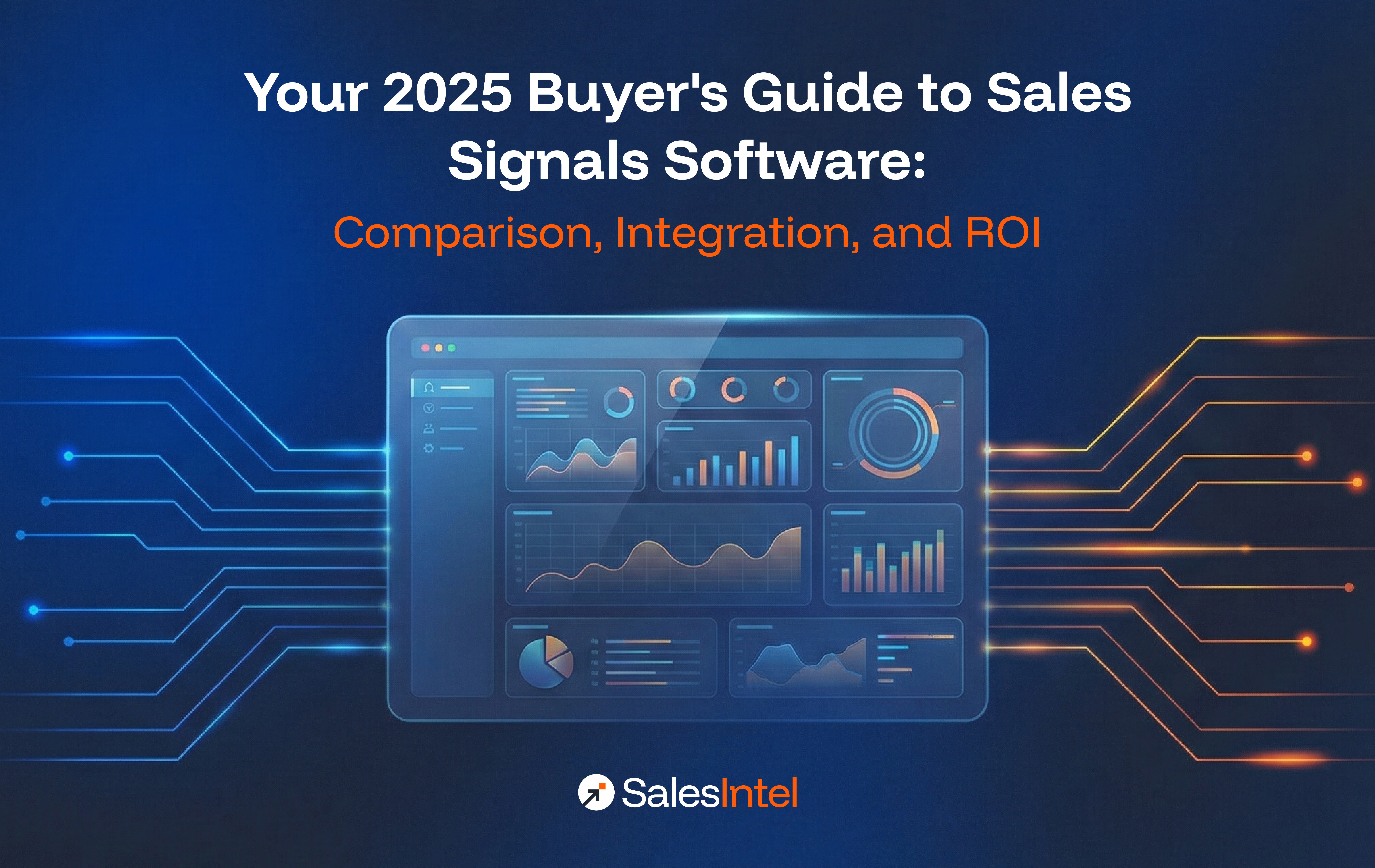Different methods require different measures. When cooking, for example, we use different tools for measuring out dry ingredients and wet ingredients, because the type of tool we use will affect the outcome of our work. And the outcome in the kitchen often changes how we mix and measure the next time around.
Sales is also like a complex recipe. One of those that looks like it’s way out of your league upon reading it, but then you realize it comes easier in practice. For example, I used to think southern-style biscuits were one of those recipes only Cracker Barrel and grandparents could make until I tried it myself. And while those biscuits weren’t of Cracker Barrel caliber, they still turned out pretty tasty.
Account-Based Marketing and Sales metrics can give off a similarly overwhelming vibe. But when it comes down to it, the measurements that matter to you depend on your method, and the way that you proceed methodically should be informed by those measurements.
Measuring account-based sales versus basic lead-based sales is like measuring dry and wet ingredients. You can try to use the usual MQLs and SQLs to predict outcomes, but the results will seem a little bit off. Account-based selling, being an entirely different approach to marketing and sales, requires different kinds of metrics to measure progress.
ABM Metrics
Account-Based Marketing essentially turns the usual marketing funnel on its head. So, instead of trying to reach the broadest lead base possible, marketing is already focused on specific high-value accounts and their industries. Thus, measuring leads does not necessarily reflect success. For example, with account-based strategy supported by predictive analytics, Dell “reduced leads sent to sales by a factor of two,” but still doubled their revenue. Such is the power of ABM done well.
There are different metrics that can be used to show progress at each level of the ABM funnel. These measurements are largely concerned with engagement, influence, and finally, conversion and win rates.
It’s true that simply paying attention to numbers can be misleading, and that’s part of why the win rate is still significant here. The win rate, next to your ROI, is the best indicator of whether your account-based strategy is working, and what kind of changes you may need to make.
Win Rates 101
Calculating the win rate itself is the easy part. The only numbers that you need are the total accounts closed, how many of those were won, and how many were lost. Jordan Con, marketer at Bizible, provides this simple equation: Closed-Won / (Closed-Won + Closed-Lost) = Win Rate
However, the win rate itself is just the beginning.Your response to win-rates determines their increase or decrease the next time around. By adjusting your methods, you can begin to understand what affects your win rate and even start to predict how it may shift.
Getting to Know Your Win Rate
Once you’ve become acquainted with your account win rate, you can begin to notice the patterns within it. Perhaps there are some seasons of the year that your win rate is higher than others, or a particular campaign seems to hit the sweet spot as it engages more high-value accounts throughout the sales process.
Predicting your win rate is similar to a science experiment. You formulate a hypothesis of sorts, starting with an observation from your win rate trends. Say, for example, that your win rate for October was higher than average. What did you do that month that may have resulted in better engagement with your marketing material? What market forces outside of your control might have boosted your numbers? Was there just a huge event like Dreamforce?
When it comes down to it, ABM is more concerned with quality than quantity. This means that while increasing your pipeline is beneficial, you can fluctuate your win rate without necessarily increasing your pipeline or widening your marketing funnel.
Methods and Materials
When you’ve studied your win rate and how it changes over time, then you can experiment with it a bit, even predicting how it may change. Back to that higher October win rate. Look at your engagement methods and materials for that month, and compare it to those closed opportunities.
How many of the closed opportunities were engaged by email? Influenced by social media? Relegated to a particular team or rep? Find those common factors, just as you would when segmenting out accounts.
Choose a factor that could use improvement and pair it with one that seems to be working well. Combine it into a predictive statement, and ta-da! You have a hypothesis.
Using the October example, it could be something like 4 out of our 5 closed-won accounts that month engaged via social media. If social media is a primary means of stakeholder engagement, then social media engagement with stakeholders will increase win rates for November.
Using previous data, you can even identify social media patterns among stakeholders over previous months. Is this a recurring pattern? What methods within social media have resulted in greater influence and engagement?
These are your instruments in the great experiment of predicting your win rate. Say that social media engagement in the past has increased the number of closed-won accounts by one or two. You can then easily predict how November’s win rate may shift depending on how you adjust social media engagement.
Or, maybe that engagement increases the number of accounts that you interact with overall. In that case, the win rate could shift either way depending on whether those new accounts are lost or won.
The Power of Predictive Analytics
You don’t need beakers, bunsen burners, or test tubes to harness the power of predictive data science. However, you should make sure that you’re measuring the right variables to begin with, depending on the strategy that you use. Shifting to account-based marketing and selling means shifting the metrics you use and the perspective that you view them from.
Win rate becomes a helpful lab rat along the way to predicting account-based progress. The numbers themselves though, aren’t what’s most important. You have to be willing to use your data to your advantage to cook-up the win rate you’re looking for.





